“Hollyrode” first appeared on hydrographer, John Thronton’s 1675 map. Hollyrode has been interpreted by historians asan old English name for “Holy Cross” from the ancient Anglo Saxon word “rode” meaning staff of cross. Like many other names in Newfoundland, Holyrood suggests a sense of religious fervor and faith.
The earliest settlement is believed to be in 1689, the Martin O’Neil property, which was located at the center of the main beach. Many early settlers of Holyrood were of Irish Catholic descent. It is believed that many settlers relocated from Ireland during high immigration in the 1800’s. Holyrood’s indirect role in the fishery played a vital role in its settlement. Holyrood harbour offered a consistently rich supply of bait species including caplin and squid to those vessels on route to the Grand Banks.
In the early 1830 Holyrood’s first church was constructed. In 1936 an Imperial Act provided funding for the construction and repair of a road from Holyrood to the city of St. John’s. Saturday, June 17th, 1939 the citizens of Holyrood experienced a Royal Visit by the The King and Queen of England. In the 1880’s Holyrood’s socio-economy was changed forever with the completion of the Holyrood component of the Newfoundland Railway. Communication and transportation capabilities increased dramatically with the railway, telegraph and mail system. Holyrood became a common communication center point for other communities including Harbour Main, Chapel’s Cove, and St. Mary’s Bay via Salmonier Line. As a direct result of the railway and corresponding ease of accessibility, Holyrood became a traveler’s paradise with its majestic scenery to people in St. John’s.
Another result of the railway was the impact on the fishing industry in Holyrood. People could now travel large distances to find work and keep their families in the community so the dependency on the fishery went into a decline. The 20th century has witnessed continuous growth of the community. In 1916 the first cold storage for fisheries products was built and remains in operation today. Sir Albert Walsh was the son of William P. and Sophia Butler Walsh, both of Holyrood. Sir Albert Walsh became the first Lieutenant Governor of Newfoundland on April 1, 1949. The Rubber Plant opened in 1954 was the first of its kind in Newfoundland, and had a varied history before it closed in the late 1960’s. In 1969 the Town of Holyrood incorporated.
That same year, the Golden Eagle Refinery was officially opened and employed 86 people in full operation. The refinery closed June 1983 and only the fuel storage tanks remain in use. The Newfoundland and Labrador Hydro Generating Plant also became a well known landmark of Holyrood. The plant employs 100 full time employees. In 1967 the Royal Canadian Mounted Police established a detachment in the town and still provides services to the Town of Holyrood and surrounding communities today. One of the most dramatic flying boats ever built landed in Holyrood, Newfoundland, it was called the Dornier Do-X. This amazing boat took seven years to design and two years to complete. When completed, the Do X was the largest, heaviest and most powerful aircraft in the world.

